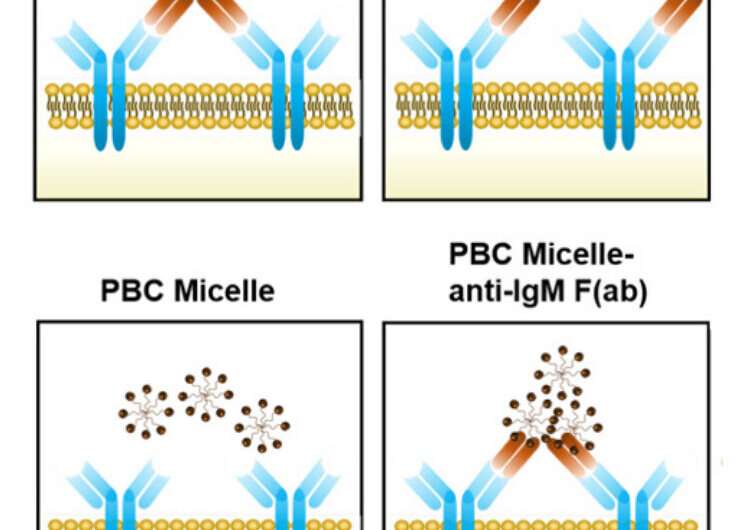Four large pharmacy chains are set to face their first trial over the deadly U.S. opioid epidemic, creating new pressure to reach settlements with state and local governments who accuse them of contributing to the public health crisis.
The Ohio counties of Lake and Trumbull allege that oversight failures at pharmacies run by Walgreens Boots Alliance Inc (WBA.O), CVS Health Corp (CVS.N), Walmart Inc (WMT.N) and Giant Eagle Inc (GIAEG.UL) led to excessive amounts of opioid pills in their communities.
Lawyers for the counties and companies are set to deliver opening statements on Monday to a federal jury in Cleveland, where thousands of similar lawsuits against pharmaceutical companies, drug distributors and pharmacies are pending.
More than 3,300 cases have been brought largely by state and local governments seeking to hold the companies responsible for an opioid abuse epidemic that U.S. government data shows led to nearly 500,000 overdose deaths from 1999 to 2019.
Should a jury find the companies liable, U.S. District Judge Dan Polster will later determine how much they must pay to abate, or address, the epidemic in the communities.
Lawyers for the local governments have said the pharmacy chains are among their next targets for settlement.
Polster, who oversees most of the opioid lawsuits, on Tuesday renewed his long-running push for a global settlement by the companies. "Use this trial as an opportunity to engage in the kind of meaningful discussions that have not happened over the last couple of years, all right?" he said.
At trial, the two counties are expected to argue the pharmacies created a public nuisance by failing to identify red flags and ensure prescriptions were valid, causing an oversupply of pills, overdoses and deaths.
"The national chain pharmacies in our case refused to give their pharmacists the necessary tools and opportunities to follow the law and stop the diversion and improper sale of opiates," said Mark Lanier, the counties' lawyer.
The companies deny wrongdoing, saying criminals were more likely to obtain opioids illegally from other sources, including pill mills, crooked doctors and drug traffickers.
"Opioid prescriptions are written by doctors, not pharmacists," CVS said in a statement. "Our pharmacies fill legitimate prescriptions written by licensed doctors."
Giant Eagle said Ohio regulators inspected its pharmacies in the two counties nearly 100 times during the relevant time period and concluded it complied with the law. The other defendants did not respond to requests for comment.
The trial comes after the three largest U.S. distributors that supply pharmacies - McKesson Corp (MCK.N), Cardinal Health Inc (CAH.N) and AmerisourceBergen Corp (ABC.N) - and the drugmaker Johnson & Johnson (JNJ.N) in July proposed paying up to $26 billion to settle cases against them. read more
A bankruptcy judge in August approved a settlement by OxyContin maker Purdue Pharma LP and its wealthy Sackler family owners that the company values at more than $10 billion. read more
The pharmacy chains in the Ohio case have only settled one case nationally. Ahead of a trial in New York, they and Rite Aid Corp (RAD.N) agreed pay $26 million to settle with two counties.
Rite Aid settled pre-trial in Ohio and agreed to pay Trumbull at least $1.5 million. Lake County has not disclosed its recovery.
